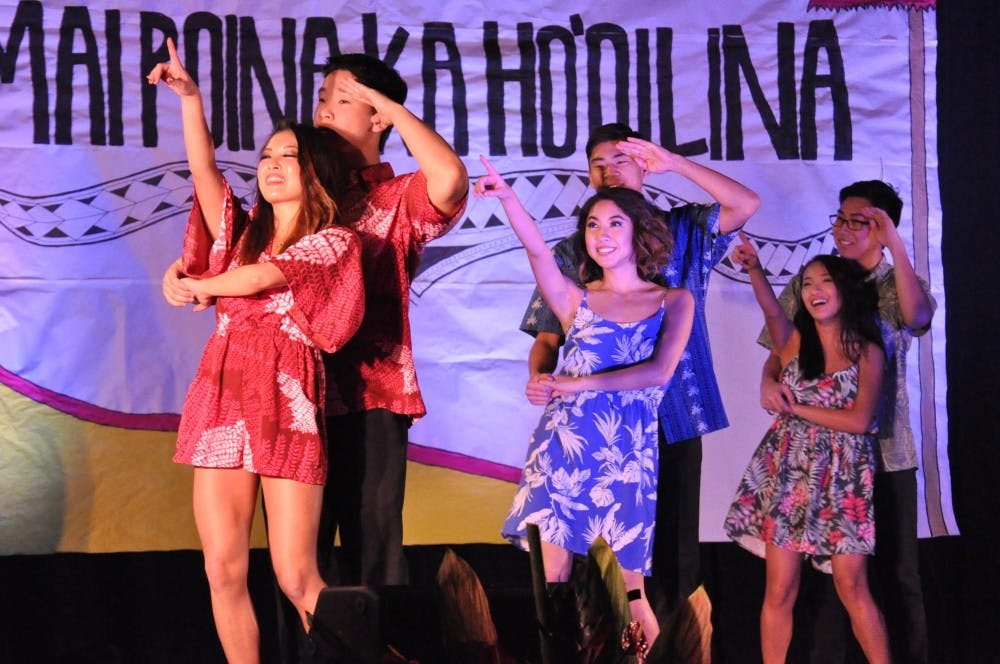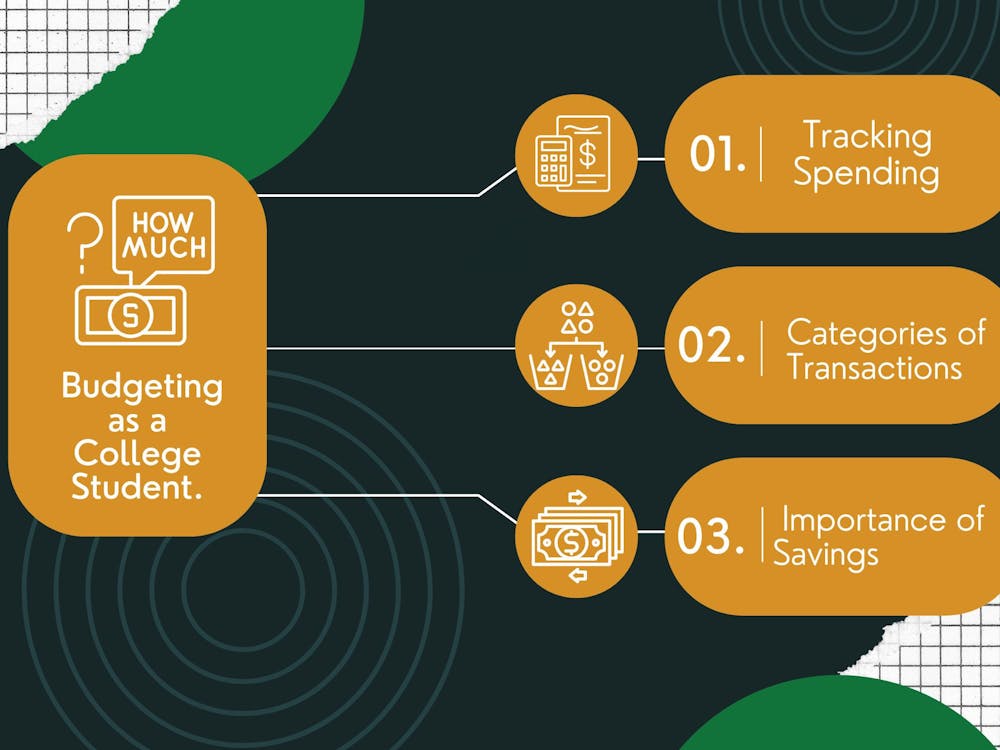by Alana Laanui |
Hawaii Club’s annual lūʻau is one of the oldest traditions on campus, and it celebrated its 40th anniversary last Saturday. The event showcased just a few aspects of Hawaii’s culture, and its evolution and growth year by year has been made possible by the hard work of members from the UP community.
Lūʻau was first brought to campus in 1976, when Fr. Cornelius A. Hooyboer had a conversation with the then-governor of Hawaii. Coincidentally, the governor’s sister was a UP alumna, and Fr. Cornelius was interested in bringing some of Hawaii to UP. Hawaii Club was created that year and they hosted the first annual lūʻau.
Today, Hawaii Club continues to put on lūʻau with the help of other members in the UP community. Preparation for the event starts in fall semester and performers start practicing right after winter break. Junior Marisa Tottori served as this year’s lūʻau chair, working with UP faculty, parents back home and community organizations to put together this year’s event.
“It’s definitely a cooperative mission,” Tottori said. “Without everyone lūʻau definitely wouldn’t be what it is today.”
Parents back in Hawaii play a major part in lūʻau. They donate monetary gifts, items for the country store and plants for the stage. Some parents even fly up every year to help put the event together and support their children who are performing. Aida Gazmen is the mother of junior Junna Gazmen a junior at UP; she has helped at various lūʻaus.
“I love helping with (the) set up,” Gazmen said. “We have always helped (Aida) with performances because we are always here to support her.”
This year’s lūʻau kicked off with traditional Hawaiian games like Ulu Maika, which is similar to bowling, and Konane, which is similar to checkers. There was also a pre-show this year that featured performances from members of other clubs. Guam Club performed a hybrid of both hula and Tahitian dance, while Filipino Club performed a traditional dance known as Tinikling.
Guests were then offered some delicious Hawaiian food such as lomilomi salmon, chicken long rice, kalua pig and poi. After dinner came the night’s big show, which included traditional hula dancing as well as other Polynesian dances, such as Tahitian.
These performances are often the highlight of lūʻau and showcase a unique aspect of UP. A significant population of students are from Hawaii ,and they often see lūʻau as a way to share a piece of home with the rest of the school. The event is also very inclusive — many of the performers have never danced before and some are not even from Hawaii. Darlene Dumlao is a sophomore at UP and this was her second year performing in lūʻau.
“I really like the practices leading up to it and seeing how all of the dances come together by the actual day of lūʻau,” Dumlao said.
Dances range from modern styles of hula, known as auana, to more traditional dances like kahiko. Hula kahiko was used in ancient times for ritual aspects and is usually danced with a chant. On the other hand, hula auana is more popular today and is characterized by its grace. Other dances such as the fire dance, Tahitian and the haka come from other Polynesian islands.
For a few hours in the Chiles Center, students from Hawaii get to share their culture and what they consider home. After 40 years, lūʻau continues to grow and spread the aloha. The event remains a tradition because of UP students and their willingness to learn about Hawaiian culture. Student body president Anthony Ng, who is from Hawaii, has helped out in past lūʻaus and notes its importance.
“It’s like you are transported back to Hawaii for a night,” Ng said. “The lūʻau makes me feel like I am home, (and) is an authentic way for students from Hawaii to educate others about the culture." Alana Laanui is a reporter for The Beacon. She can be reached at laanui18@up.edu or on Twitter @AlanaLaanui.








